Almost 70 years have passed, but Bridie McMahon can return to that February night in 1954 in a split second.
The details are singed in her memory. The smell of smouldering coal as the steam train from Dublin finally pulled into the station at Claremorris, carrying herself and her father on board. Being met on the platform by her aunt Aggie. The six-mile drive that seemed so much longer in a black Ford Anglia. The sky blazing with stars.

The final part of the journey up the rough path to the farmhouse. The concrete kitchen floor. The open fireplace, with the crane and kettle singing. The green distemper whitewash on the wall.
And a woman she did not recognise, standing at the dresser, waiting.
“She [my aunt] said: ‘Do you see that woman over there?’ and I said I did,” recalls Bridie.
“And she said: ‘That’s your mother.’ So that’s how I was introduced to my mother.
“This was a new thing now, a new woman in my life.”
Four years previously, Bridie was rushed by ambulance from her home to Swinford Fever Hospital after her left arm became completely paralysed; which was soon confirmed as polio. Little did anyone know then that she would spend the next four years in hospital in Dublin, separated from her family. She was just four years of age.
While Bridie would go on to recover 70% of the power in her arm, what she lost during that time is almost unquantifiable.
“I lost the vocabulary of family. I didn’t know what a family was, a brother or a sister. I had nothing really. The hospital was my home,” Bridie reflects on the impact of that early trauma.
And yet, she is nothing if not a survivor, who has lived a life full of adventure; from dancing with John Lennon and Yoko Ono (more of this later) to returning to college in her 40s to pursue a second career in community development.
Life in hospital
But, let’s go back a bit first. Born on a mixed sheep and cattle farm in Hollymount, Co Mayo, the fifth of six children, Bridie describes the day that she first left home; one of many children impacted by the polio epidemic that swept Ireland in the 1950s.
“Distinctly, I remember the pain of holding my arm and crying,” she recalls. “And I remember the ambulance taking me away, into the isolation unit. And then I remember them [my parents] coming down to visit me in Swinford and the glass partition. They weren’t allowed in because I was in total confinement.”
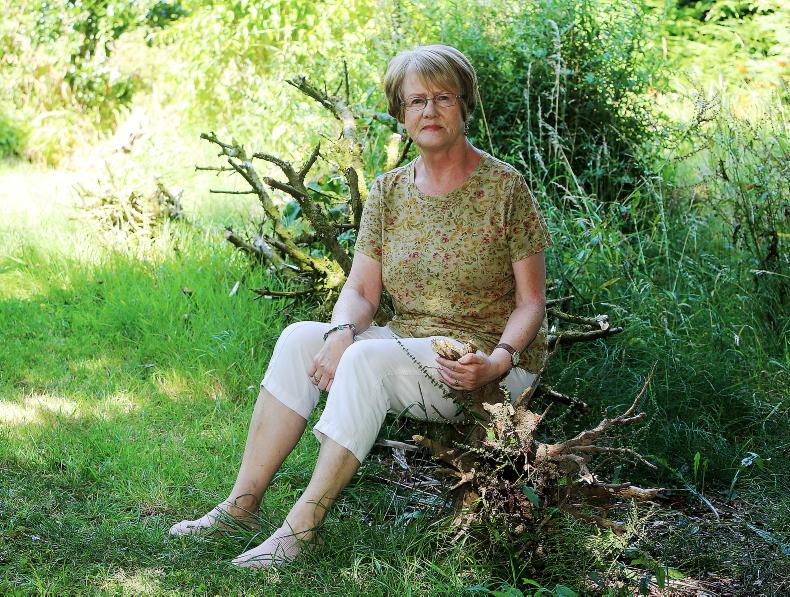
Bridie was transferred to Cappagh orthopaedic hospital in Dublin, where she would spend two years in recovery, followed by another two years in St Mary’s in Baldoyle. She remembers arriving at Cappagh and being led into a room filled with dolls and teddy bears.
“I clapped eyes on one of them and that was going to be my doll and then my father left, but I didn’t know, I thought he was only gone out in the hall. And I was looking for him and he was gone. That’s how I was introduced to Cappagh Hospital,” she explains.
Bridie says she was very well cared for at both hospitals, where she learned to read and write, made her first Communion and enjoyed day trips to nearby Portmarnock in summer. Her father was able to travel once a month to visit, but her mother was rarely able to make the journey due to family and farm commitments.
“Two people couldn’t leave,” she says. “Rural Ireland was very hands-on work, the women usually did the milking and the baking and the washing. And it was expensive and they didn’t have the money either.”
Later on, Bridie would learn how difficult the separation was for her mother, especially as there was an unjust stigma around polio at the time and little support for the families affected.
“Having had three kids myself and looking back and thinking: ‘If they were gone for four years, my God, what would I do?’ And at that time, there was no facilities for a parent to come and stay,” she says.
“But I didn’t know any different and it was harder for them leaving me behind. Children get over things very easily and we adapt very easy, kids do, but in saying that, it was harder for them. They didn’t know how long, would it ever happen, would I ever come home.”
Rediscovering roots
Coming home was not without its challenges, however.
“I needed to be integrated into the community, into the family for a start,” says Bridie, who jokes that she was “wild” having been institutionalised for four years. “I can still see the high wall and the green door with the latch on the door,” she says of the hospital setting, “but when you are out and about in an open space, it’s a different thing completely. And I still remember that feeling.”
As she discusses her return home, Bridie mentions that as a child, she was obsessed with things like field names, local landmarks and details like how many houses were in the village.
“Even today, no matter where I go, I have to know the history of the place,” she says.
I ask if she thinks this stemmed from trying to find her sense of place again?
“It’s being rooted,” she agrees, “and I am rooted for sure.”
Dancing for John Lennon
After national school, Bridie attended boarding school at the Convent of Mercy in Tuam (“they might have thought I’d be a nun… but there was no nun anyway!”) and worked as a substitute teacher before embarking on a career in the hotel business with the Great Southern group.
“I danced for John Lennon,” she mentions casually, as Irish Country Living’s jaw drops.
It turns out Bridie was working in what is now the Mulranny Park in Co Mayo when John and Yoko Ono arrived in 1968 to visit an island that the Beatle had bought in Clew Bay. One night, the hotel staff put on a concert for the couple.
“I danced a hornpipe and a reel and a jig. Oh, it was so funny. But then they joined in… if I only had the photo,” says Bridie, who received a bouquet of roses from Lennon when he was leaving the hotel.
After meeting her husband Seamus, life took another exciting turn when the couple moved to Bermuda to work in a hotel, before returning to Mayo in the late ’70s to start their family with the arrival of children Niall, Niamh and Louise. Having become involved in IRD Kiltimagh, whose mission statement reads “to develop Kiltimagh to its fullest and in a way which benefits all in the Community”, at 47, Bridie decided to return to education to education studying rural development at Maynooth.
“There was 17 places [on the course] and I thought, ‘What am I doing here at this interview?’” recalls Bridie of her doubts. “But I got one of them anyway and I took it.”
Bridie was a community development worker in Kiltimagh IRD for 12 years, before moving onto Kilmovee heritage centre and later Mayo Abbey.
“As a community worker, you sow the seeds, you see them growing and you move on,” she says. “It’s brilliant. And that’s what’s soul satisfying.”
Overcoming obstacles
While Bridie regained 70% ?power in her left arm after polio, she explains that some every day activities still presented challenges.
“I could never raise my arm, but I could never balance anything either. I wouldn’t be capable of holding a child; I’d have to put my foot on my knee to hold the kids,” says Bridie, and yet, she found her own way of overcoming obstacles, from learning to drive to typing with one hand.
“What you never had, you never missed, but that has consequences now for my right arm,” she continues, explaining that over-compensation has led to pain on her right-hand side.
Bridie is a member of the Polio Survivors Ireland group and has shared her childhood story in Polio & Us, a book featuring 29 personal stories that has recently been re-issued as a result of renewed interest in pandemics, epidemics and disease eradication in the wake of COVID-19, as well as a re-emergence of polio in the UK and US.
There are an estimated 7,000 polio survivors in Ireland, and Bridie believes it’s important that the personal stories are documented.
“It’s part of our social history,” she reasons. “Even though you might say: ‘What good is it going back?’ But sometimes you have to go a long way back to go forward, you know?”
Today, Bridie is as busy as ever. As well as enjoying the outdoor life with Seamus and her grandchildren, she is a member of the local active retirement group, as well as a writers’ group. Indeed, she is hoping to self-publish a book of stories from her own life, called The Memories I Carry Around.
And we reckon she has many more stories to tell.
“I do believe if you are a survivor, it doesn’t matter how young you were,” concludes Bridie. “You’ll always be a survivor.”





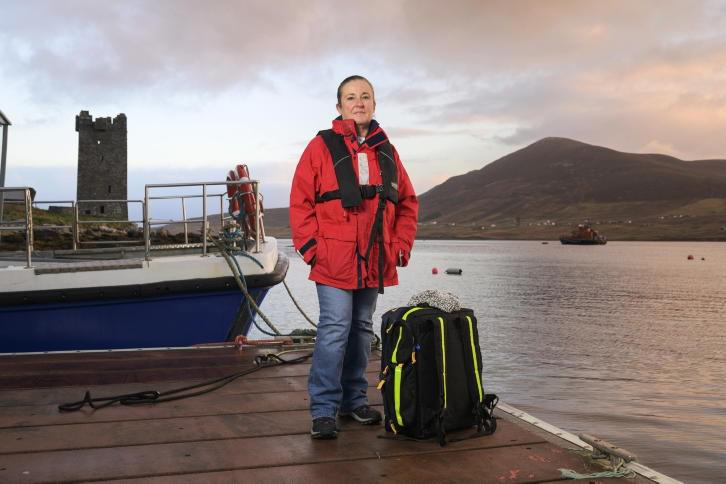
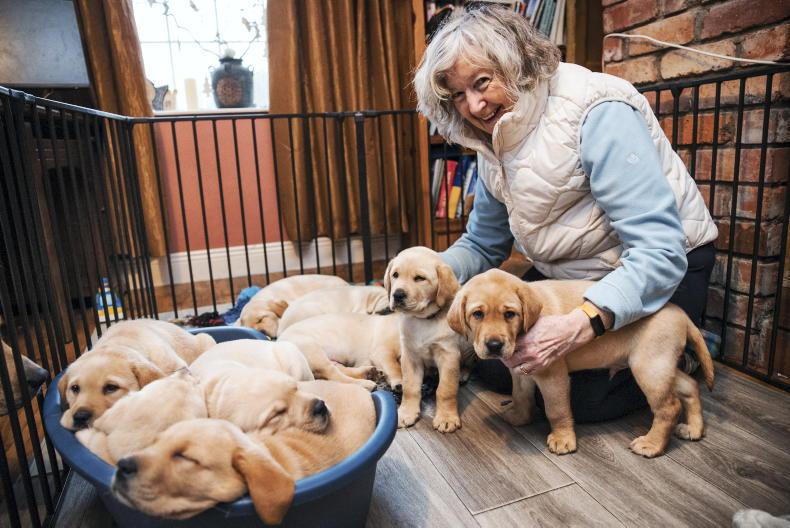
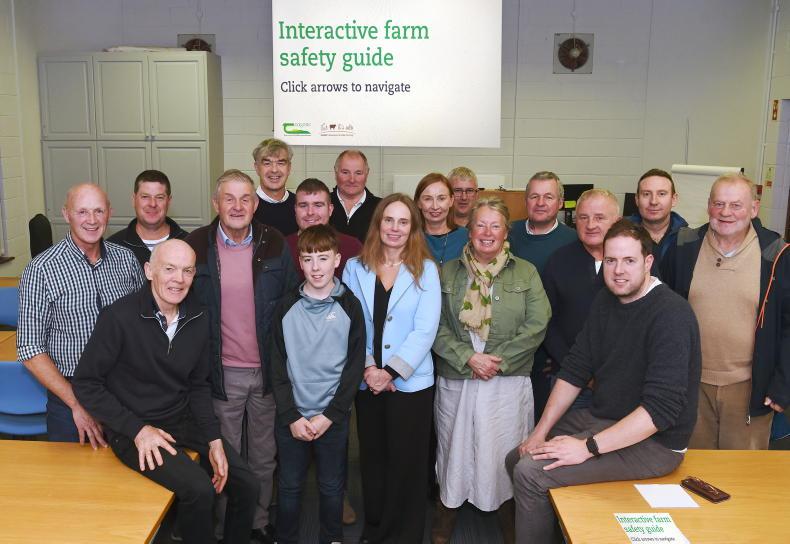
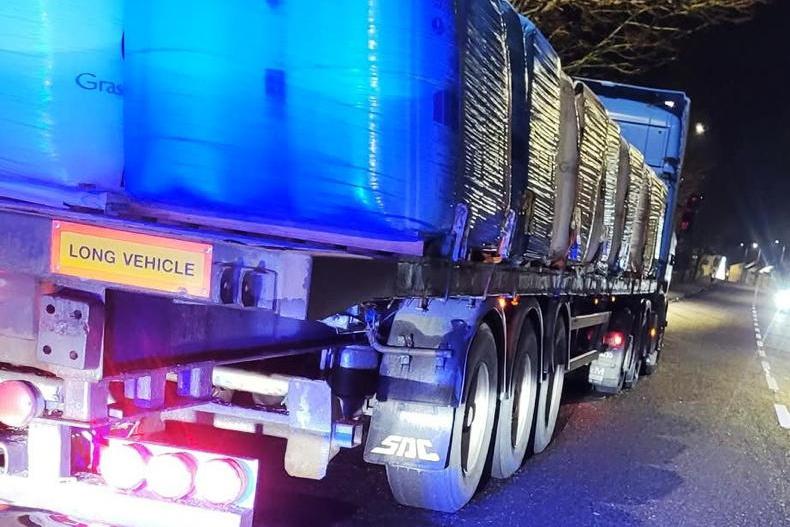
SHARING OPTIONS